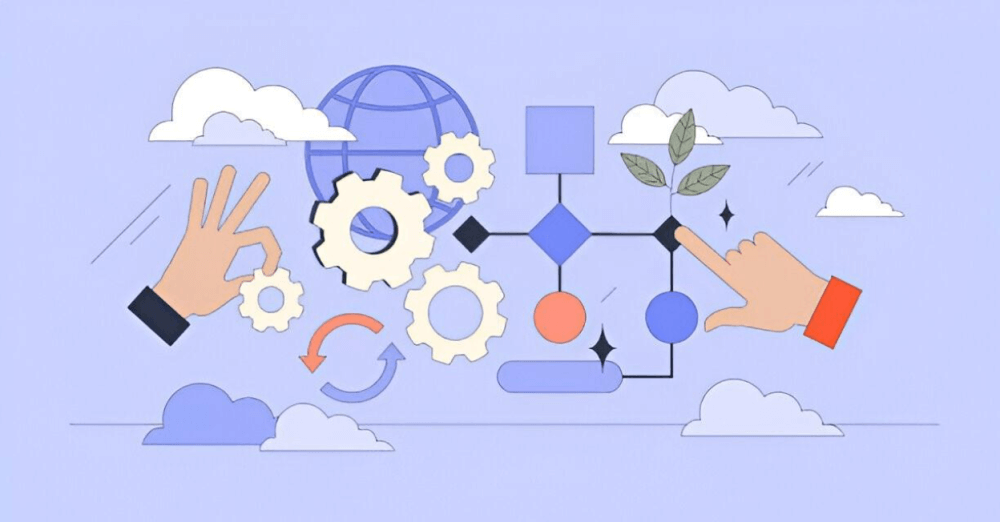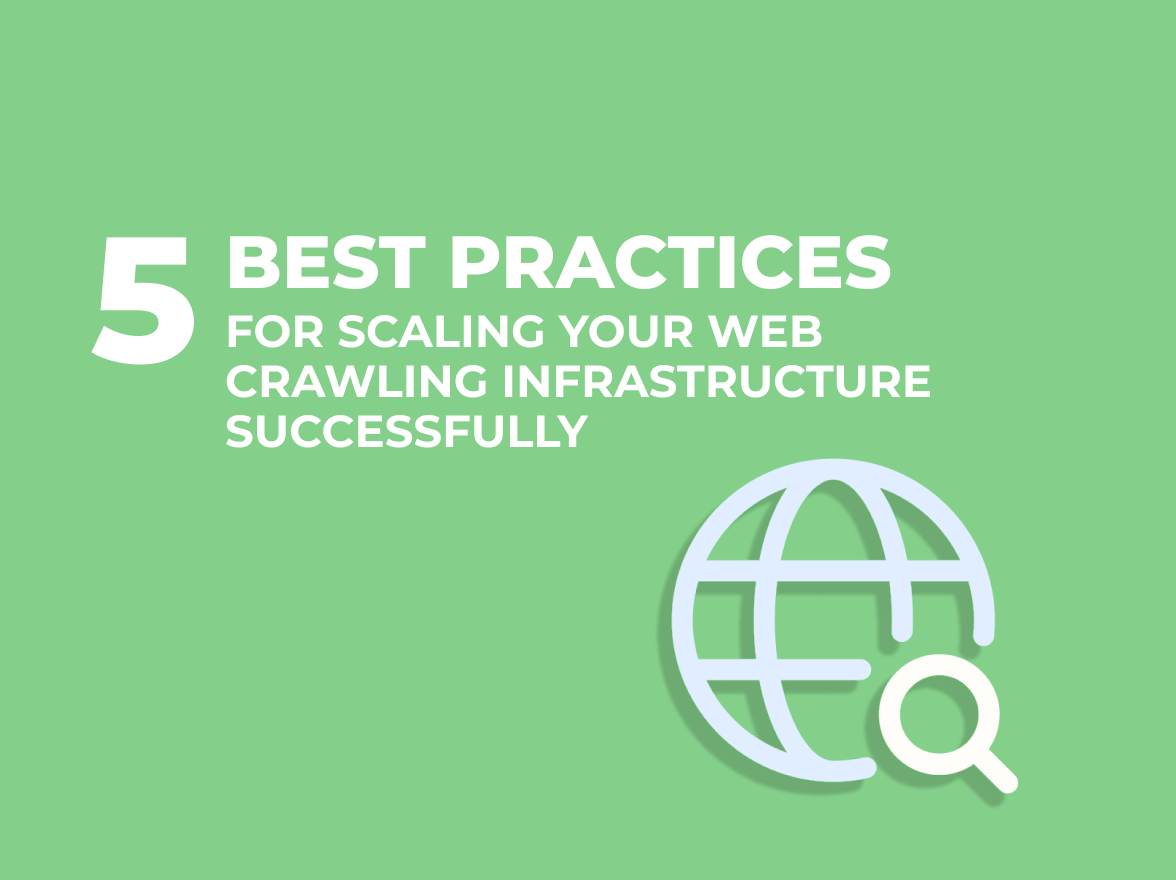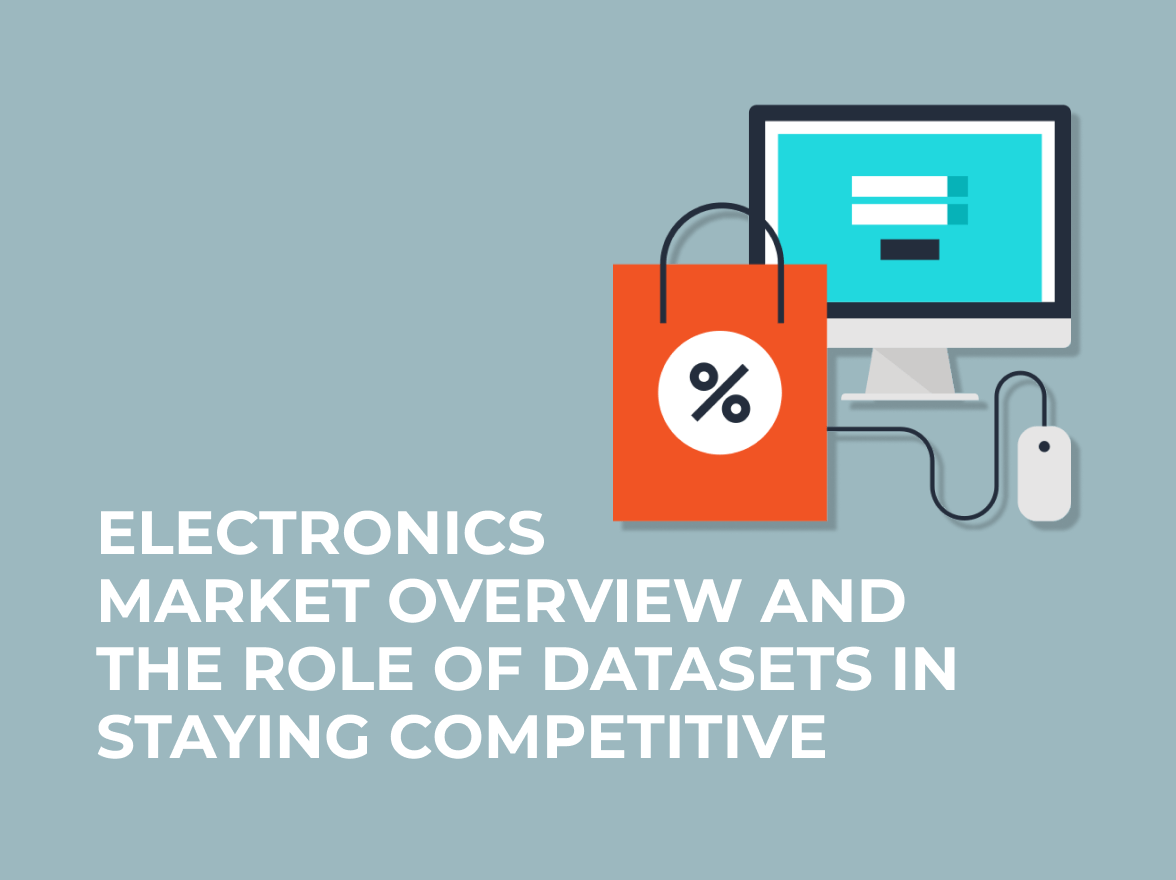5 Best practices for scaling your web crawling infrastructure successfully
In an era where data powers every decision, web crawling has evolved from a niche utility to a mission-critical infrastructure for businesses of all sizes.

In the digital era, data is a crucial asset for businesses, researchers, and developers. Whether it’s tracking competitor pricing, analyzing social media sentiment, or collecting product listings, web scraping offers a powerful way to automate the extraction of vast amounts of online information.
However, successful web scraping is not limited to just writing a few lines of code to fetch HTML pages. It requires a structured, end-to-end workflow that spans from crawling and extracting data to cleaning, storing, analyzing, and finally visualizing it in an actionable format.
This detailed guide walks you through every stage of creating a robust, scalable, and compliant web scraping pipeline—from crawling to dashboard visualization.
Before diving into the technicalities, it’s essential to understand the basic components of a web scraping workflow and why they matter.
Web scraping refers to the process of automatically extracting data from websites. It involves sending requests to a website, retrieving the content of web pages, and parsing the relevant information from the HTML or content generated by JavaScript.
The data extracted could be anything from product details, reviews, and articles to social media metrics, stock prices, or real estate listings.
A complete scraping system involves multiple layers of operations, including:
Many people start with ad-hoc scrapers for one-time tasks. However, as the need for continuous data grows, maintaining separate scripts becomes inefficient. A pipeline allows you to automate, monitor, and scale the entire process—from start to finish—making it resilient to changes and easy to manage.
Every successful scraping project begins with clear planning. This step helps define the scope, objectives, and technical requirements of your workflow.
Start by identifying your business or research goals. Are you monitoring competitor pricing? Analyzing market trends? Collecting reviews for sentiment analysis? Clarity on objectives will dictate the structure of your scraping pipeline.
Once your goals are set, compile a list of target websites. Ensure you understand:
Pinpoint specific elements you’ll need, such as product names, prices, ratings, or dates. This avoids bloating your pipeline with irrelevant data.
Whenever a website offers an API, it’s preferable to use it instead of scraping. APIs are generally faster, more stable, and legally sanctioned methods of data retrieval.
Determine the frequency with which you need data collection. For real-time applications like news monitoring, scraping may occur every few minutes. For less dynamic sites, a weekly or monthly scrape may suffice.
Scraping isn’t risk-free. Some websites explicitly forbid automated data extraction. SSA Group always recommends checking the site’s robots.txt file, complying with copyright laws, and respecting privacy regulations like GDPR. In many cases, API access is safer and more reliable than scraping.
Choosing the right tools is crucial for efficiency, scalability, and maintainability.
A robust Python framework for large-scale web crawling and scraping. It’s highly customizable and designed for speed, making it ideal for production systems.
Best suited for simpler tasks, BeautifulSoup allows for straightforward HTML parsing but lacks built-in support for complex crawling.
When dealing with sites that rely heavily on JavaScript to load content (such as Single Page Applications), Selenium can simulate a real user in a browser, enabling you to interact with dynamic pages.
A lightweight library for sending HTTP requests and receiving responses, which is available in different forms depending on the programming language (e.g., requests in Python, HttpClient in .NET, or axios in JavaScript) and commonly used to fetch web page content in web crawling tasks.
A powerful .NET library for parsing and navigating HTML documents, enabling robust data extraction from even poorly structured web pages.
Once you’ve chosen your tools, you’ll need to design your scraper with scalability and reliability in mind.
Break down your scraper into modules:
This makes it easier to maintain and upgrade.
Choose from different data extraction methods:
Many websites spread data across multiple pages or load additional content as users scroll. Your scraper must:
Web scraping is prone to failures due to network issues or changes in website structures. Implement:
Websites can detect and block bots using various techniques. To mitigate this:
CAPTCHAs are designed to block bots, making them a common hurdle in web crawling. To bypass them, you can use automated solving services like:
For specific types like audio or image CAPTCHAs, AI-based solvers can also be used. Always ensure compliance with the website’s terms of service.
Raw scraped data often contains noise and inconsistencies. Checking quality, cleaning and normalizing this data is vital for its usability.
Use solutions like SSA Data Quality checker and set up automated rules to detect:
When dealing with reviews, articles, or social media content, Natural Language Processing (NLP) tools can help parse and structure unorganized text data.
Once data is collected via web scraping, it needs to be stored securely and efficiently for easy access and analysis.
Design your schema according to future analysis needs:
For advanced analytics, data can be fed into Data Lakes or Warehouses such as Amazon Redshift, BigQuery, Snowflake, Apache Hive, Azure Synapse Analytics, or Azure Databricks.
A data pipeline automates the flow of data from scraping to storage and further processing.
Set up automated jobs for:
Capture logs of every scraping run. Integrate monitoring tools like Sentry, Prometheus or Grafana to detect issues in real-time.
Containerize your scrapers using Docker for easy deployment and scalability. Orchestrate using Kubernetes for massive, distributed workloads.
After storing the data, the next step is analysis.
Use Python libraries such as Pandas, Seaborn, Plotly, or Matplotlib for:
Enhance your dataset by merging with external sources or APIs to add more context and value.
Apply statistical or machine learning models to predict future trends, such as price fluctuations or demand forecasts.
Generate automated reports using:
Dashboards transform raw data into easy-to-understand visual insights.
Connect dashboards directly to your database or data warehouse for real-time updates.
Multi-user Access Control
Implement permission-based access to restrict sensitive data to authorized users only.
As your project grows, your workflow must remain stable and scalable.
Set up automated tests to detect structural changes on target websites. Update scraping logic accordingly.
Measure key metrics like request speed and memory usage to optimize scraper performance.
Cache responses for frequently accessed data to reduce load on target servers and speed up your pipeline.
Deploy your pipeline across different regions using cloud platforms to access location-specific content.
Web scraping has evolved from a basic data extraction technique into a sophisticated, automated pipeline essential for businesses and researchers alike. By following this end-to-end process—from crawling and extraction to cleaning, storage, and visualization—you can develop a robust, scalable, and compliant scraping workflow. Ready to streamline your data strategy? Start building your powerful scraping pipeline with SSA Group today!
Keep in mind, however, that web scraping requires continuous maintenance. Websites change frequently, and legal landscapes shift. Automation, modular design, and ethical practices should always be your top priorities.
Feel free to contact us to discuss your project requirements or to learn more about our data services.
Q1: Is web scraping legal?
Ans: Web scraping falls into a legal gray area. While scraping public data for non-commercial research is often tolerated, commercial usage or scraping against a site’s terms can lead to legal consequences. Always review the site’s Terms of Service and consult with legal experts.
Q2: How is crawling different from scraping?
Ans: Crawling is about systematically navigating through pages to discover links or data sources. Scraping specifically refers to extracting data from the pages. Crawling discovers, scraping extracts.
Q3: How do I prevent getting banned while scraping?
Ans: To prevent getting banned while scraping, it’s important to make your requests appear as natural and human-like as possible. One of the first things you should do is respect the website’s rules by checking its robots.txt file.
Q4: What tools are best for web scraping?
Ans: For large-scale, production-grade projects, Scrapy and Selenium are excellent choices. For data pipelines, Apache Airflow and Prefect work well. BeautifulSoup is great for simple tasks. SSA Data Quality checker to automatically get insights into the quality of data.
Q5: How can I visualize scraped data?
Ans: Popular tools include Tableau, Power BI, and Python-based solutions like Dash or Streamlit for interactive dashboards. SSA UI kit for building custom dashboards and administrative panels.

In an era where data powers every decision, web crawling has evolved from a niche utility to a mission-critical infrastructure for businesses of all sizes.

The overall global electronics market (covering both consumer and industrial electronics, components, etc.) was valued at approximately USD 788.6 billion in 2024, and is forecast to grow to ~USD 1.42 trillion by 2033 at a CAGR of 6.2%.
you're currently offline